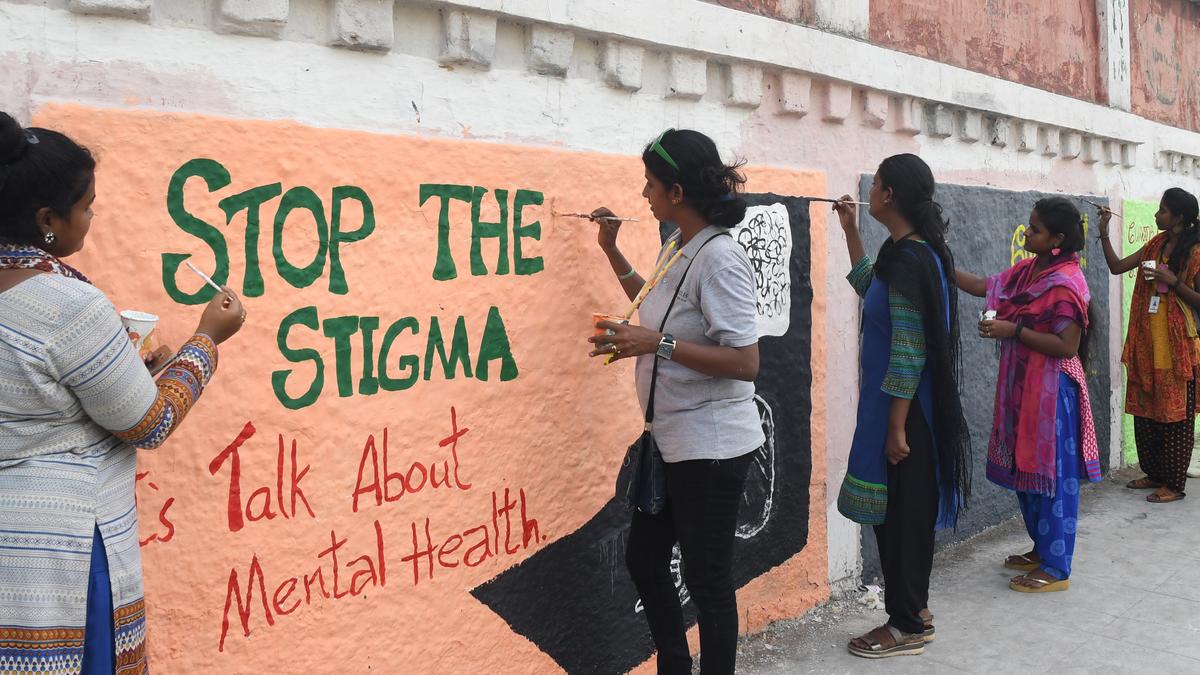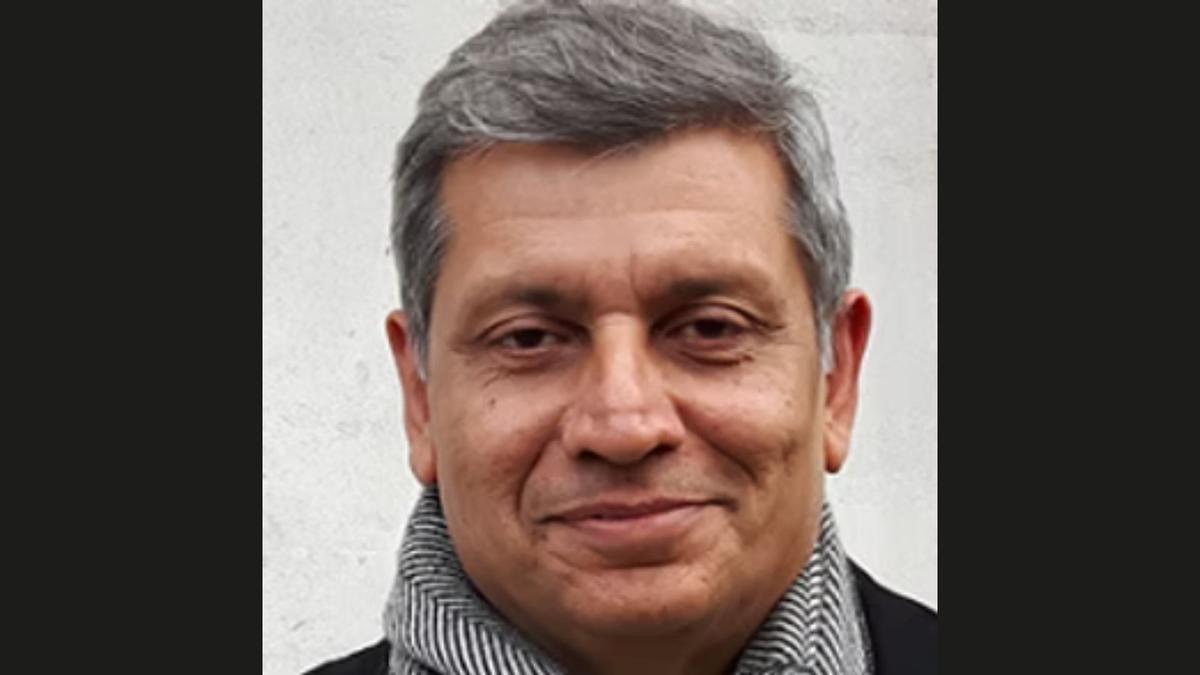More than one billion people globally live with mental health disorders, according to the World Health Organization (WHO), with conditions such as anxiety and depression taking a heavy human and economic toll. As WHO Director-General Dr. Tedros Adhanom Ghebreyesus notes, “Transforming mental health services is one of the most pressing public health challenges.”
In India, the Economic Survey 2024-25 stated that country is facing a crisis of worsening mental well-being. It was time “to find viable, impactful preventive strategies and interventions,” the survey said, and, given the direct costs to human welfare, putting mental well-being at the centre of the economic agenda would be prudent, it noted.
The challenges in India are many, access being a significant one. In an interview with The Hindu, Sanjeev Jain, emeritus professor of psychiatry with The National Institute Of Mental Health & Neuro Sciences (NIMHANS) explained how mental healthcare worked in the Indian scenario. Highlighting the fact that while the number of psychiatrists has grown, institutional services and accessible care remain limited, he said mental healthcare continued to remain largely out of reach for the majority. Social stigma, fragmented services, and insufficient government investment further hindered access, especially for the economically disadvantaged.
We’re living in a time of prolonged wars, hate crimes, and constant exposure to distressing visuals online. How can individuals protect their mental health in such an environment?
This idea that prevention can be limited to the individual and separated from the social factors that cause the problem is quite peculiar. If we truly want to protect mental health, we need to reduce violence, hate crimes, social distress, and inequality. That would probably be far more effective than asking people to simply ‘be resilient’, ‘ignore it’, or ‘overcome’ their trauma.
These are genuinely traumatic experiences, and I don’t think we should be asking people to learn to live with trauma as if that were a solution — that’s my personal opinion.
The other challenge with the current media and social media landscape is that trauma often gets amplified, sometimes by very manipulative means. The messaging we see is driven by algorithms that are disconnected from human and social realities, which can overwhelm people.
So yes, cutting down screen time, being mindful of what you consume, and avoiding echo chambers are all reasonable pieces of advice. But the most meaningful solution would be to prevent violence and social unrest from becoming features of our society — not through censorship, but by building a less violent, more humane world.
Dr. Sanjeev Jain
| Photo Credit:
Special arrangement
What are the key challenges India faces when it comes to mental health awareness, access, and care?
Mental health awareness and access remain deeply troubling issues in India. When we became independent in 1947, the world had just discovered psychiatric drugs like antidepressants and antipsychotics. That period also saw what was called deinstitutionalisation — the belief that people could be cared for within their communities rather than in institutions.
At Independence, India had around 15,000–20,000 psychiatric beds and about 50 psychiatrists. Today, we have roughly 20,000 psychiatrists — a 200-fold increase — but only about 30,000 beds. So while manpower has grown, institutional infrastructure hasn’t kept pace. Most mental health care now exists in the private sector, accessible mainly to the middle class and affluent. For the poor — the majority living on less than two dollars a day — psychiatric care is practically out of reach.
Psychiatry, in principle, is biopsychosocial — it considers biology, psychology, and the social environment. But in India, our teaching and practice haven’t fully adapted to our social realities. Rapid post-colonial change, caste and religious divisions, and constant social conflict have eroded people’s sense of rootedness. Yet, we continue to rely largely on Western psychological frameworks, while also being reluctant to adopt them.
This tension leaves a gap that faith often fills. Many people still turn to temples, mosques, dargahs, or even black magic — not because they reject psychiatry, but because it is distant, expensive, and culturally unfamiliar.
In short, despite progress in expertise, we have failed to build accessible public services. With fewer than 40,000 psychiatric beds for 1.6 billion people — lower than even sub-Saharan Africa — mental health care in India remains out of reach for most who need it.
How can we make therapy and counselling more accessible and less stigmatised? We still often hear influential people say things like ‘you could have just spoken to a friend,’ as actor Salman Khan recently did when actor Aamir Khan mentioned seeking therapy at a talk show. What does this say about public understanding of mental health, and how can we bridge that gap?
Well, it’s not just a question of money or access — it’s also about language and how much therapists engage with the lived realities of their patients. Freud [Sigmund Freud], for instance, was deeply rooted in the social and political life of Vienna. Unless psychiatrists today are similarly connected to their societies, people will continue to feel that a friend’s advice is enough.
Therapists need to demonstrate authenticity and relevance, to show that their guidance is grounded in real life. De-addiction specialists, for example, don’t just give advice; they offer structured, medical ways to recover. But if the public doesn’t see that expertise as trustworthy or meaningful, they won’t seek help.
Some responsibility also lies with how psychiatry is portrayed. In popular media, psychiatrists are often shown as manipulative or untrustworthy, which feeds stigma and distances people further from professional care.
Do you think the government needs to play a bigger role in improving access to mental health care in India?
It depends on how we see the government’s role. In the European Union, mental health care accounts for nearly 30–40% of their total health budget, which itself is around 8% of GDP. In contrast, India spends only about 1.5% of its GDP on health — less than it did at Independence — and just a fraction of that on mental health.
This lack of investment means we haven’t built the necessary infrastructure: psychologists, psychiatrists, social workers, and integrated services that connect mental and physical health. For example, anxiety — one of the most common issues among young people — can overlap with heart or thyroid conditions, but our fragmented system treats each in isolation.
Until we embed mental health within general health care, and build accessible, coordinated services in the public sector, the gap will persist. The problem is compounded by restrictive regulations that prevent doctors from easily working across States, limiting the sharing of expertise and care.
What are the early signs that indicate someone might need professional mental health support? And should regular mental health checkups be normalised, just like physical health checkups?
Psychiatry, like physical health, exists on a spectrum. Not every episode of anxiety or depression needs specialist treatment, the normal mind, like the body, is resilient. Problems become concerning when sleep, appetite, or social interaction are affected for several days. That’s when professional help is needed. It’s a matter of judging the severity and frequency of symptoms, best assessed by a mental health professional.

